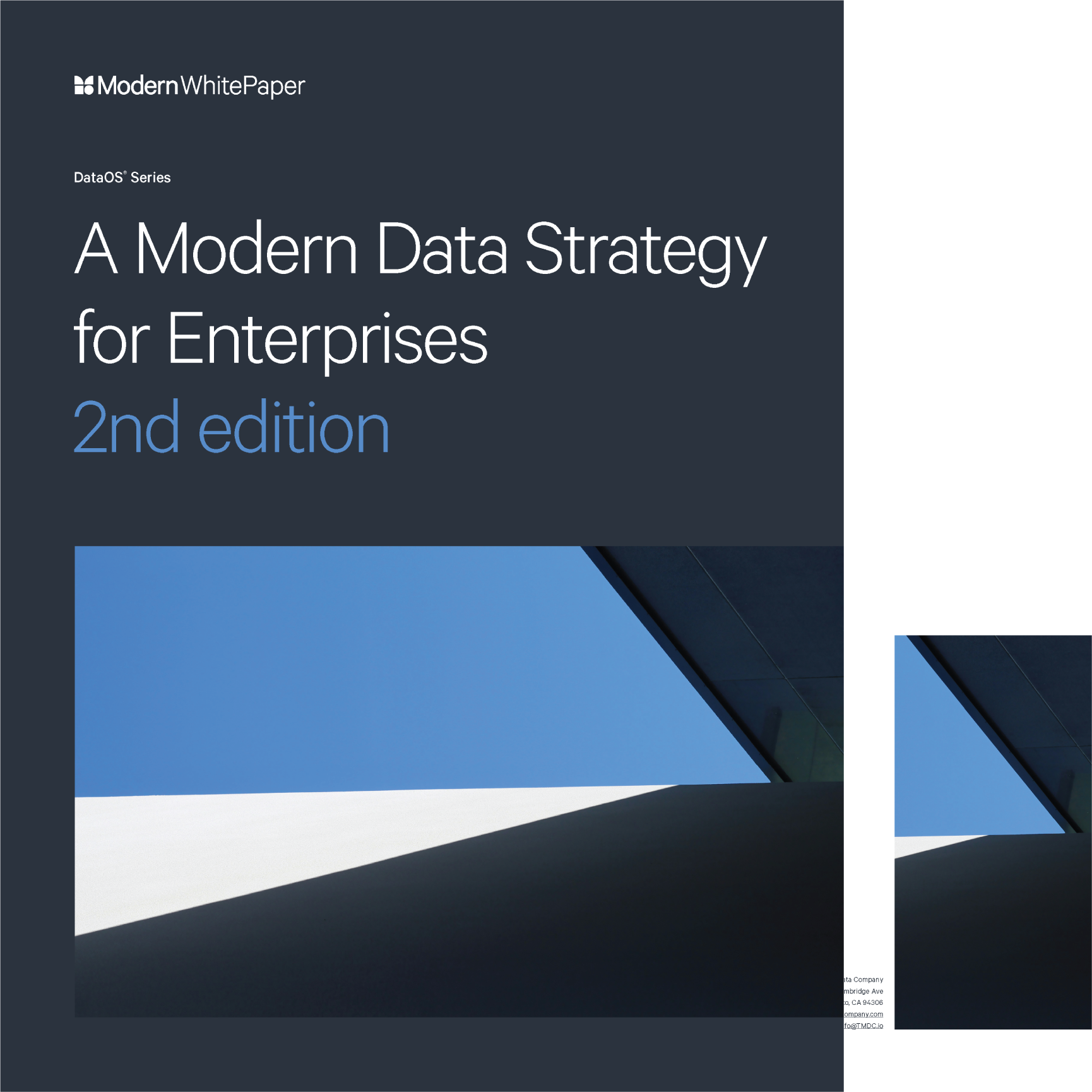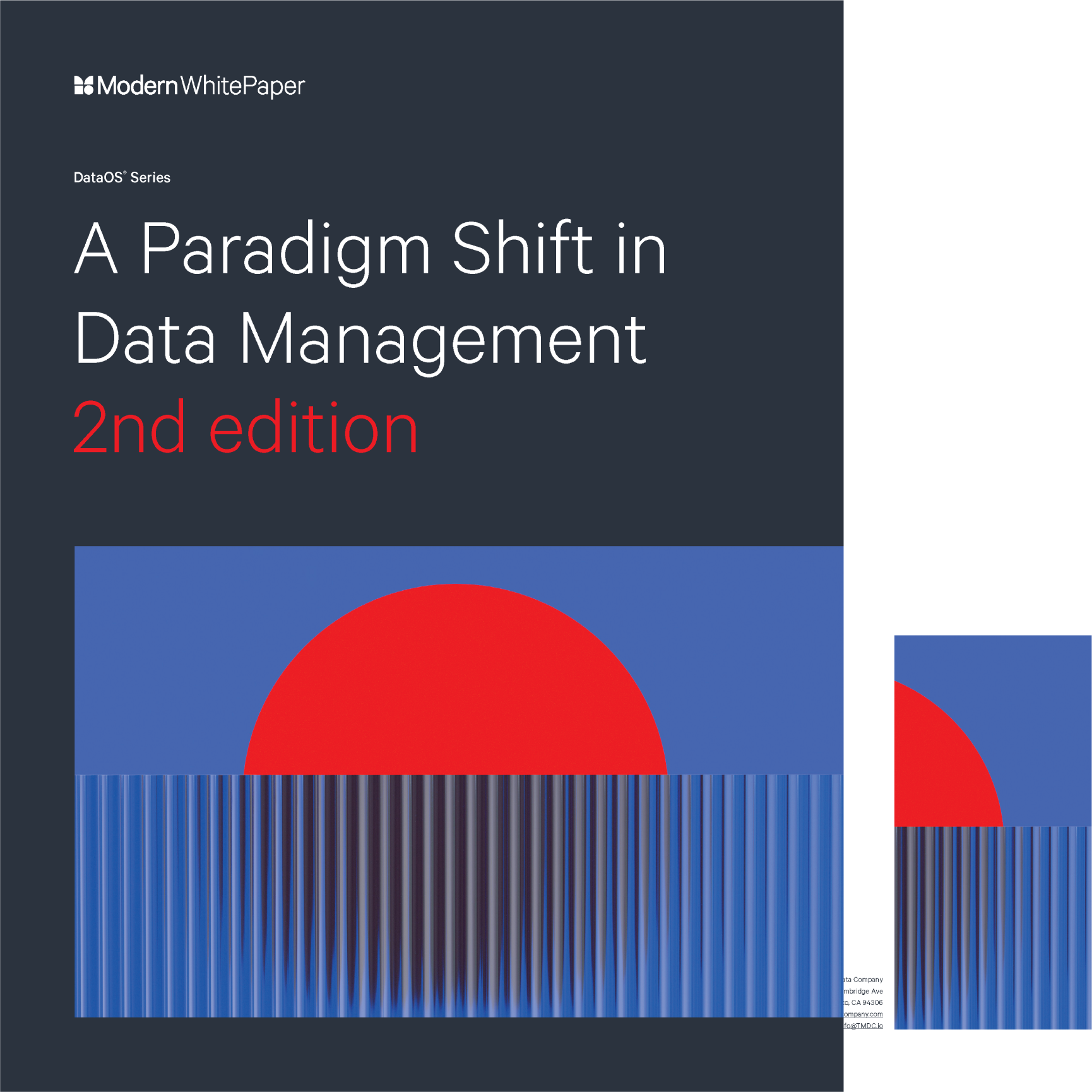Technical debt is something that many companies are aware of and are attempting to address. It is a big enough issue that several of our recent blog posts (Lessons in Technical Debt from Southwest Airlines, Start Paying Down Your Technical Debt Today, and A Better Way to Plan the Payoff of Technical Debt) discussed it at length. What about data debt?
Whether you consider it a subset of technical debt or a close cousin, data debt isn’t typically understood or planned for to the extent of the broader technical debt. That’s a problem, and organizations need to wake up to their data debt today and start planning to address it. This blog post will explain what data debt is, the impacts it can have, and how to handle it.
What Is Data Debt?
Like technical debt, data debt represents the liability accrued over time by inefficient and outdated methods and technologies for handling corporate data. It is important to note that data debt has methodological and technological components. Data management technologies grow old and out of date. Using poor data management methods on top of whatever data technologies are in place is just as common and often equally costly.
Even a fully modernized data infrastructure won’t operate well today or scale in the future if it is implemented and managed poorly. The longer an organization ignores its data debt, the worse it will become. Further, the downstream impacts of data debt can be more significant than technical debt related to a single critical corporate application. An application focuses on only one area of the business. In contrast, data is often accessed and utilized by a wide range of applications that a broader swath of the company relies on. When data debt is high, the impacts spread company-wide.
The Impacts of Data Debt
Let’s get more specific about how data debt can drive up costs, reduce productivity, and hurt morale across an organization.
- Poor data quality – Poor data handling inevitably leads to inaccuracies within it. Of course, poor data quality will lower, or even negate, the value of otherwise legitimate analytical processes that use it.
- Unacceptable performance – When data management processes are poorly built, processing will be much less efficient and more time-consuming. Slowed processing also results in frustrated users who stop using the data.
- Limited data integration – If an organization already struggles to access its data and individual data sources are not performing well, combining and integrating data across many sources will further exacerbate the issues.
- Increased risk of security breaches – Well governed and managed data has robust access controls and up-to-date security features surrounding it. When data is managed in outdated fashions with outdated tools, the risk of breaches and leakage increases.
- Lost business value – Each of the above leads to the inevitable loss of business value, with an organization’s data providing far less than it should. Unfortunately, if not addressed, it can also lead some people to question the value of data altogether.
Nobody sets out to cause these problems, but inattention toward data debt will undoubtedly result in their appearance. The best way to avoid them is to lower your data debt. Luckily, there are ways to do that!
Address Data Debt by Modernizing Your Approach to Data
One way to start retiring today’s data debt while minimizing the extent to which it will reappear in the future is to implement a data operating system, such as DataOS from The Modern Data Company. A data operating system acts as a connective tissue that ties all your data assets together, including the ability to incorporate legacy systems as-is while enabling functionality to be added to their data.
A data operating system provides a single place where all corporate data is cataloged and operationalized — with an enterprise level of governance and security atop it all. By allowing more to be done with data, data debt starts to melt away. Over time, as the underlying systems are updated, access and processing speeds and the breadth of data usage will only increase. A data operating system can achieve these feats by using the most modern technologies and bringing them together to form today’s best-in-class approach to data management.
To learn more about how a data operating system like DataOS can help your organization modernize its systems and end user functionality, download our white paper DataOS® – A Paradigm Shift in Data Management.












